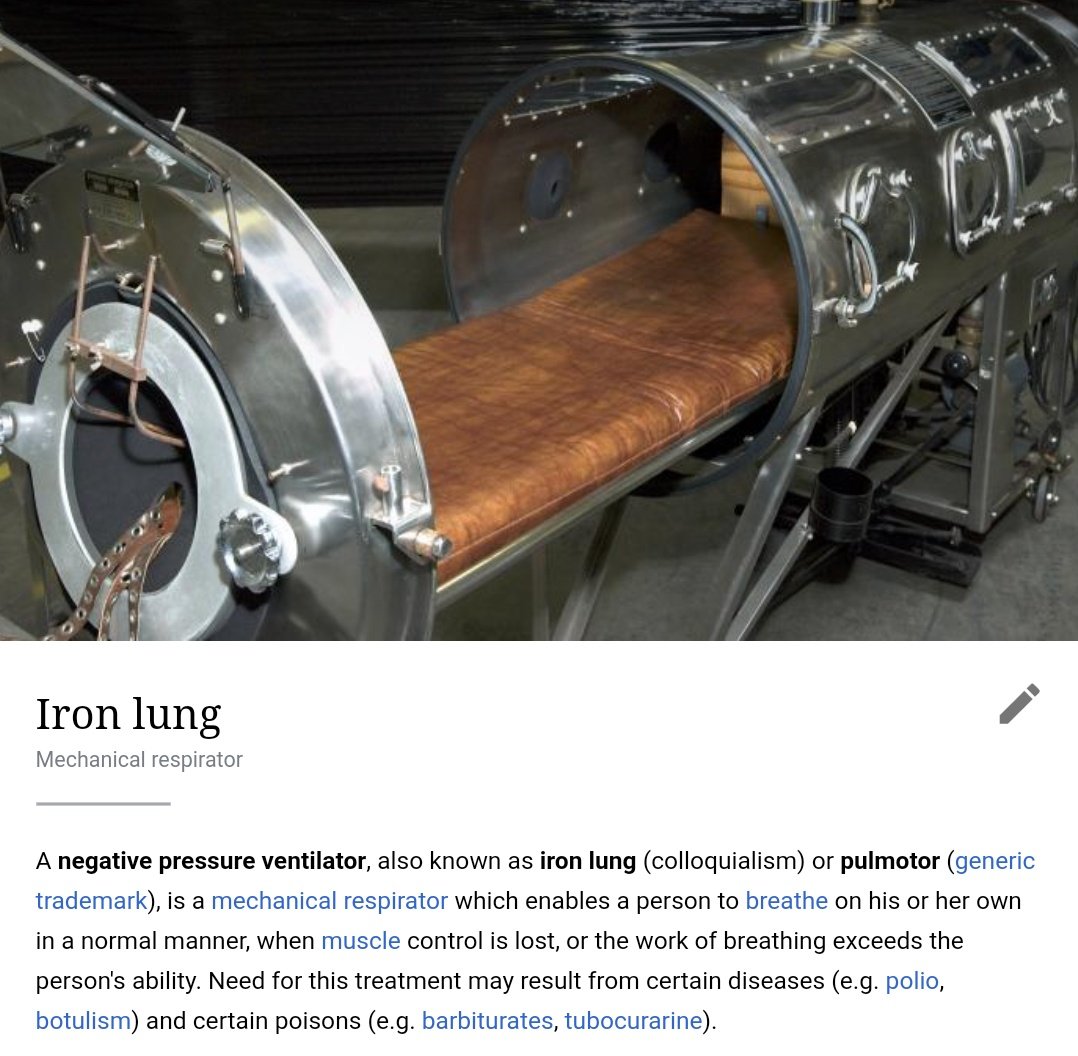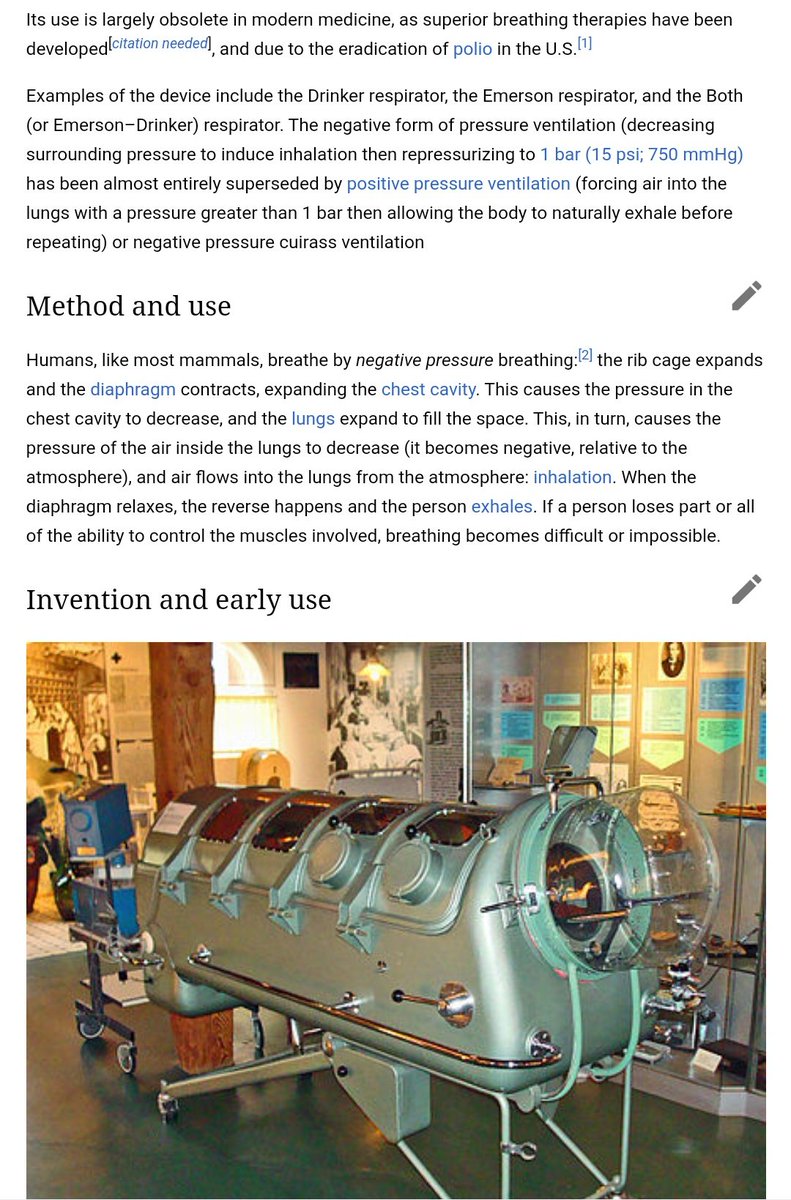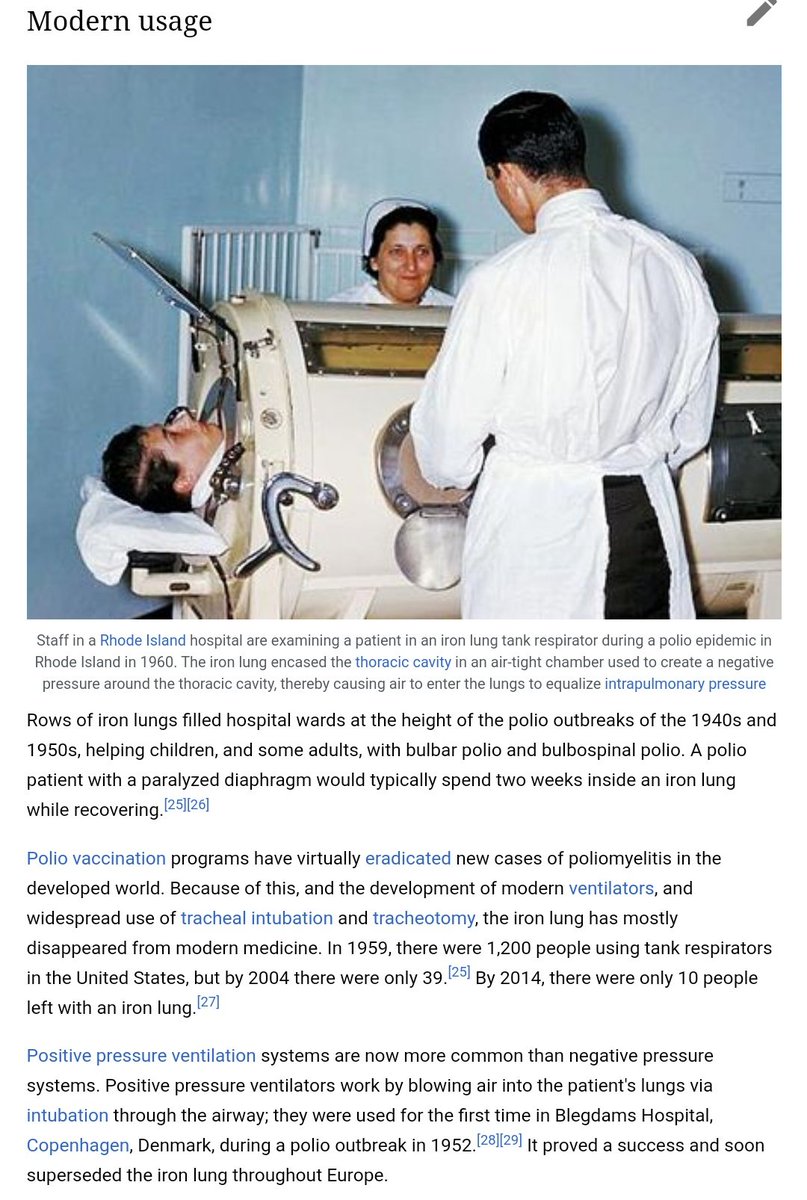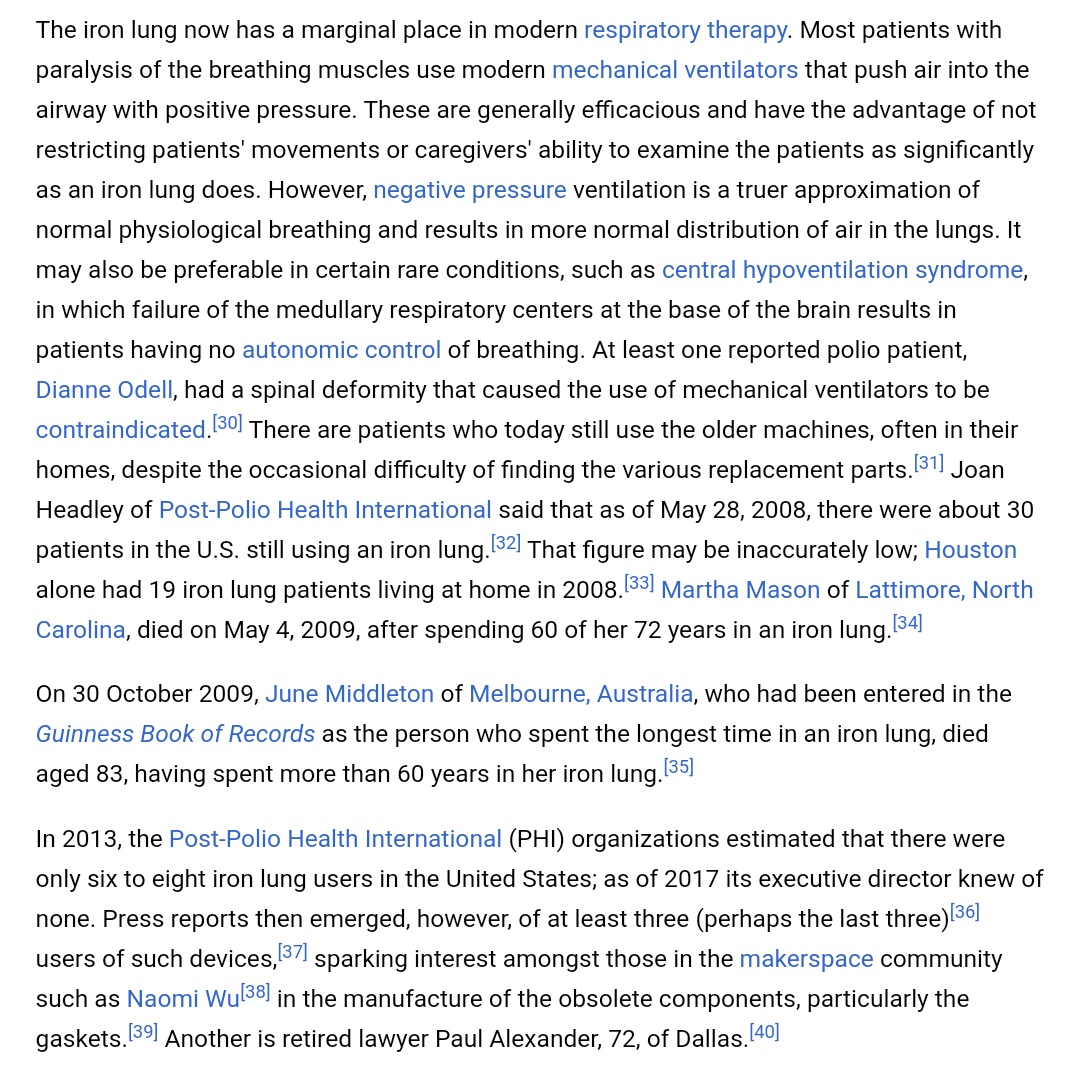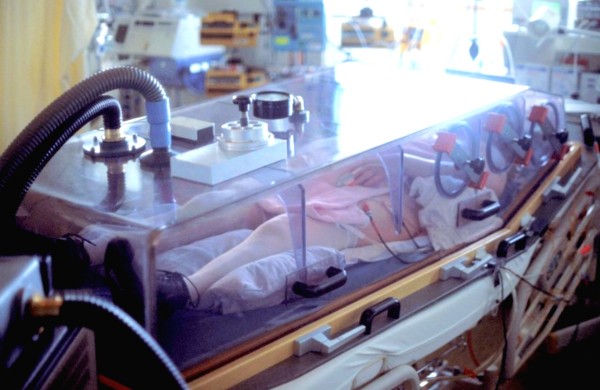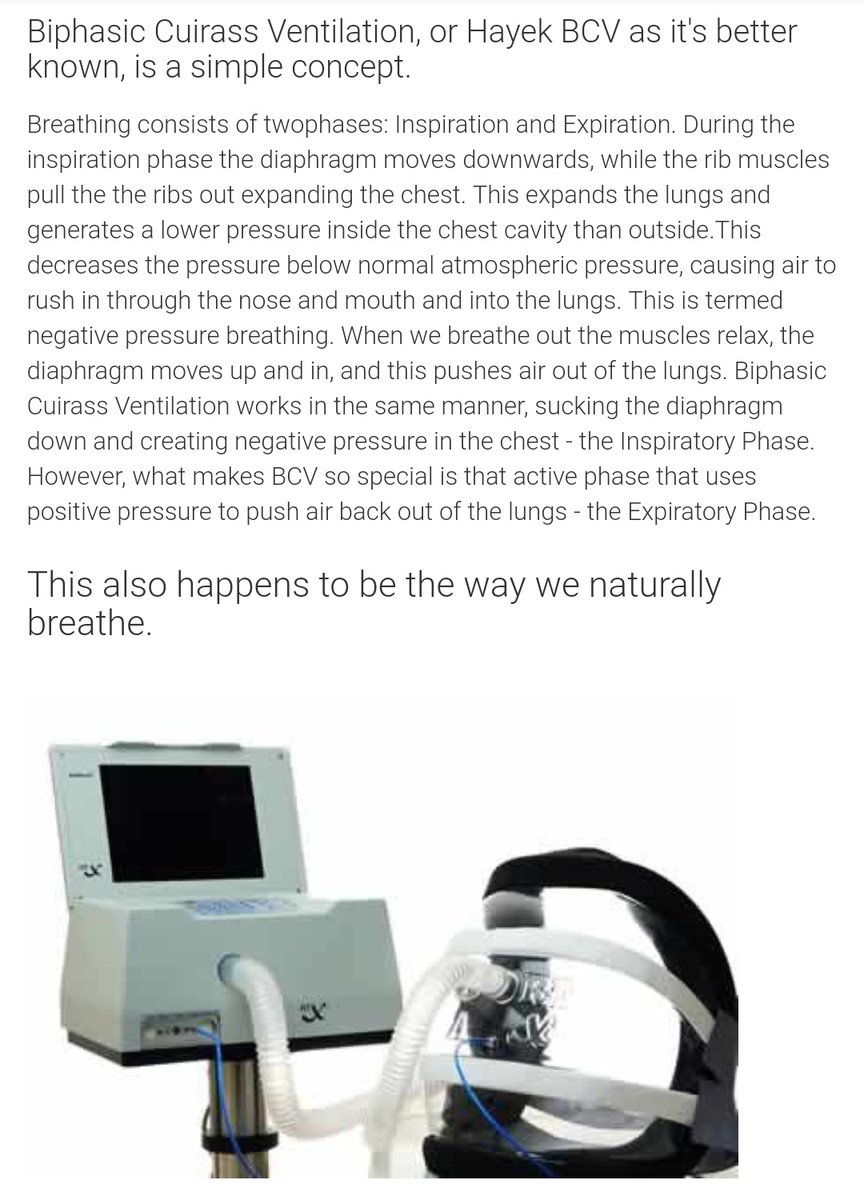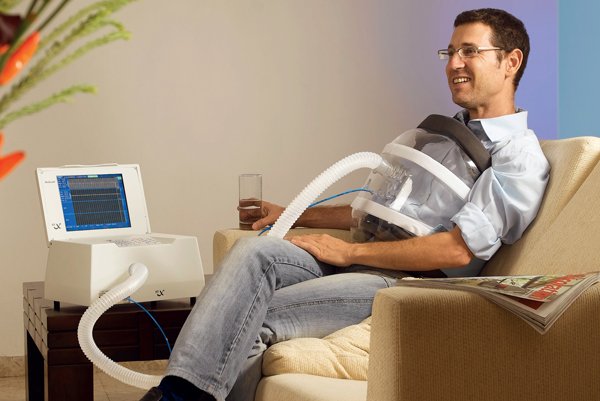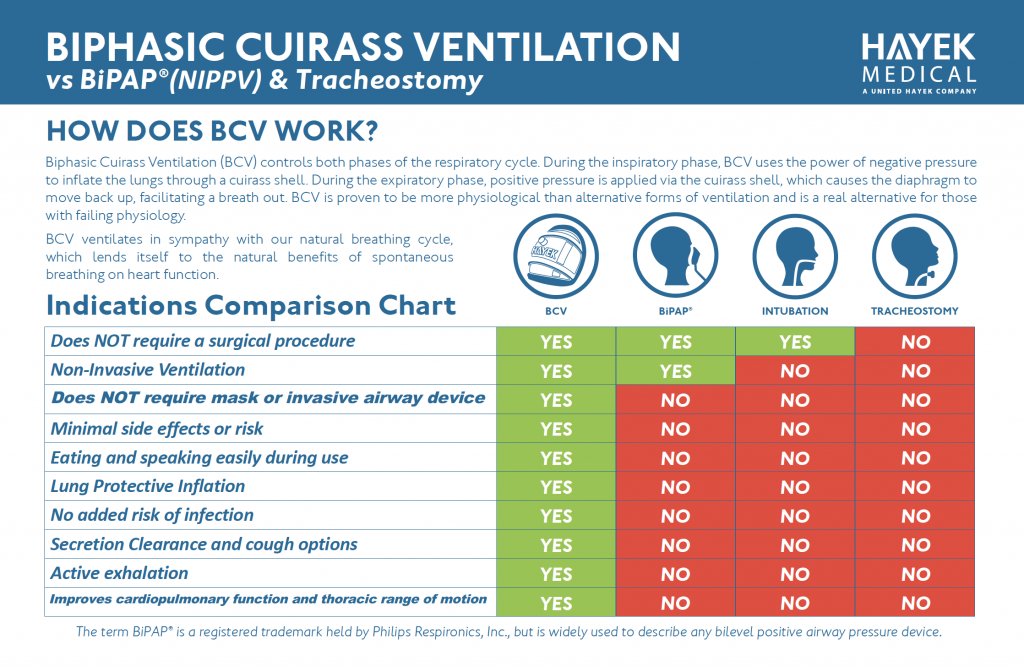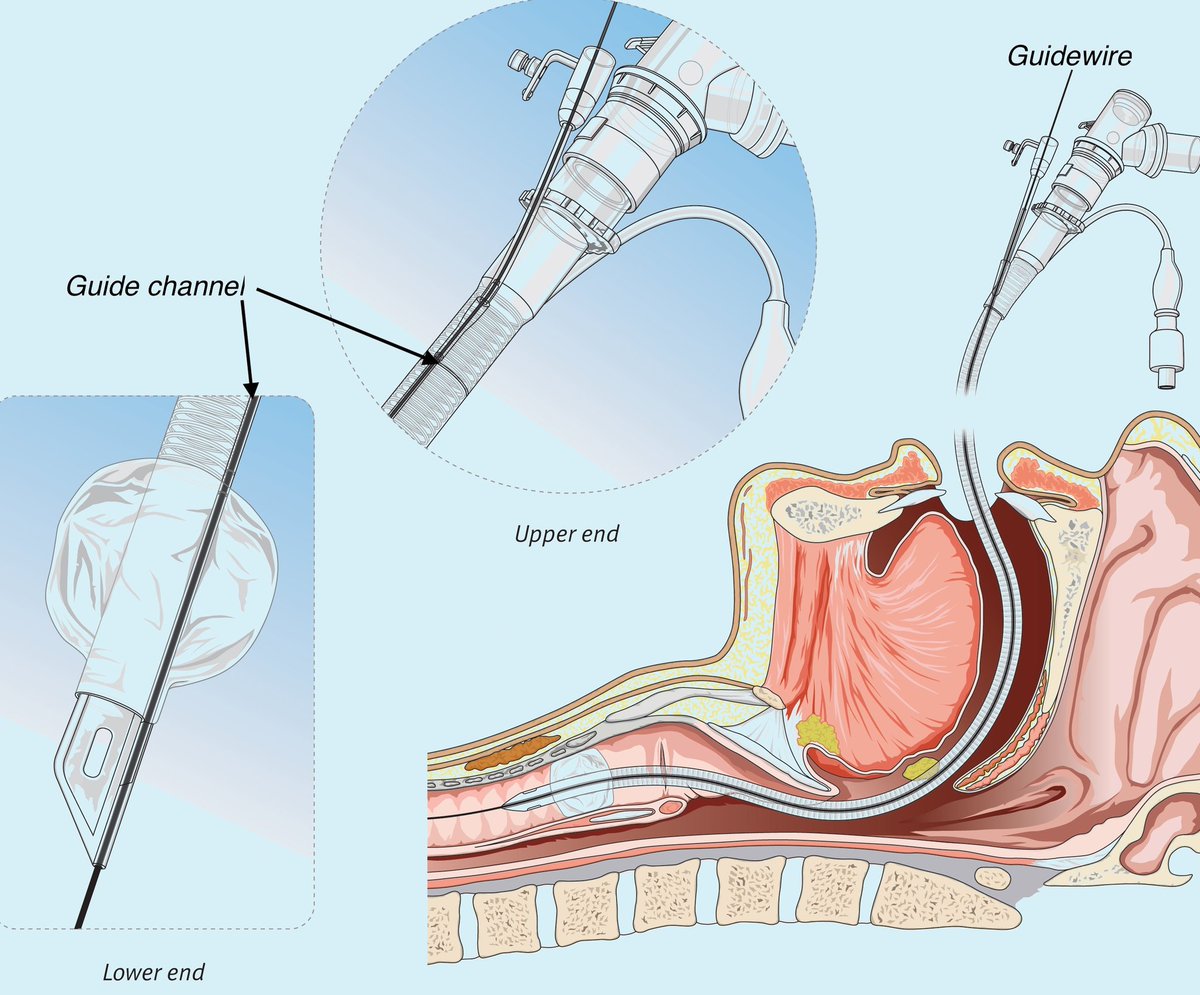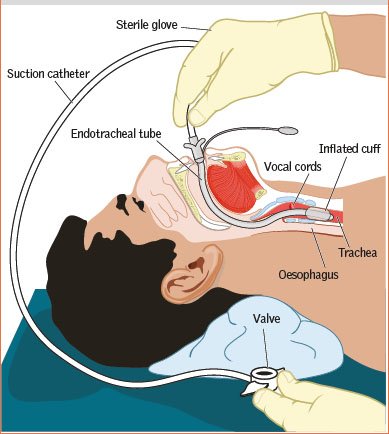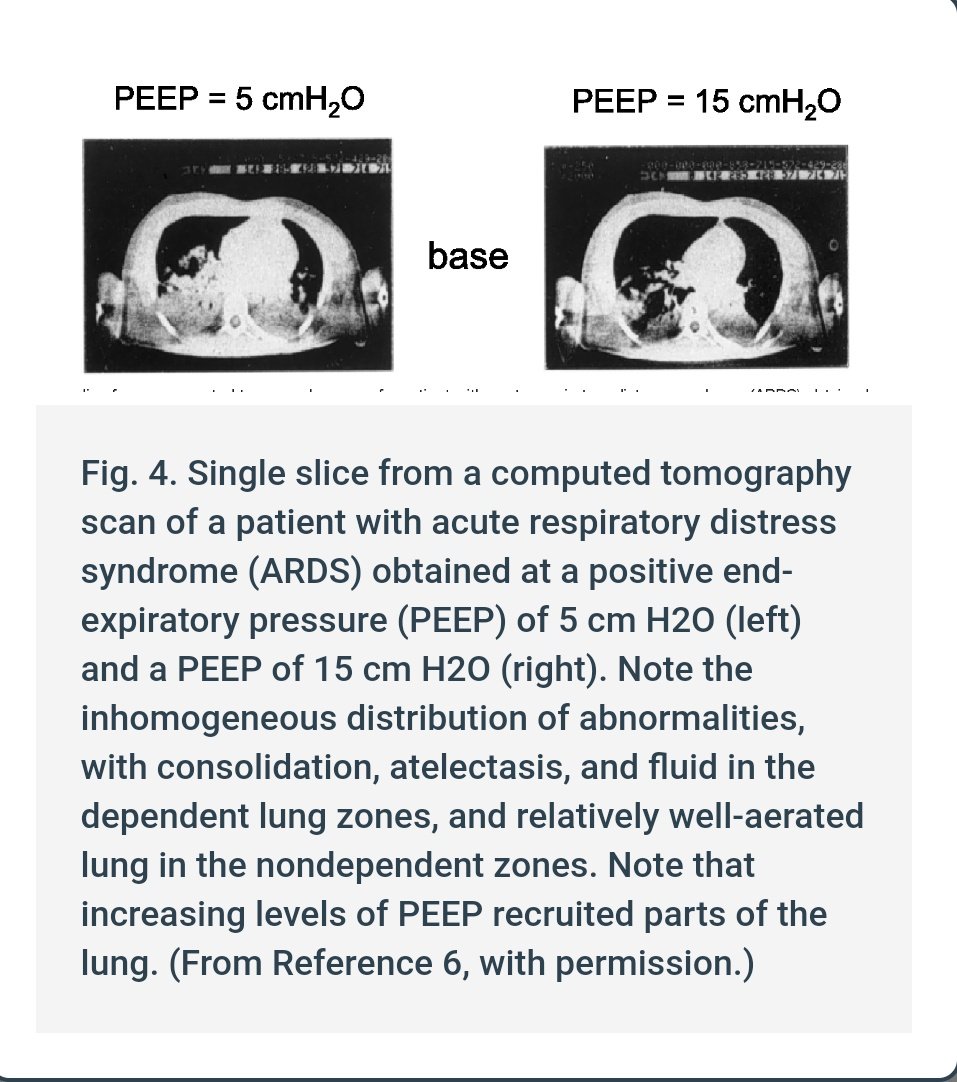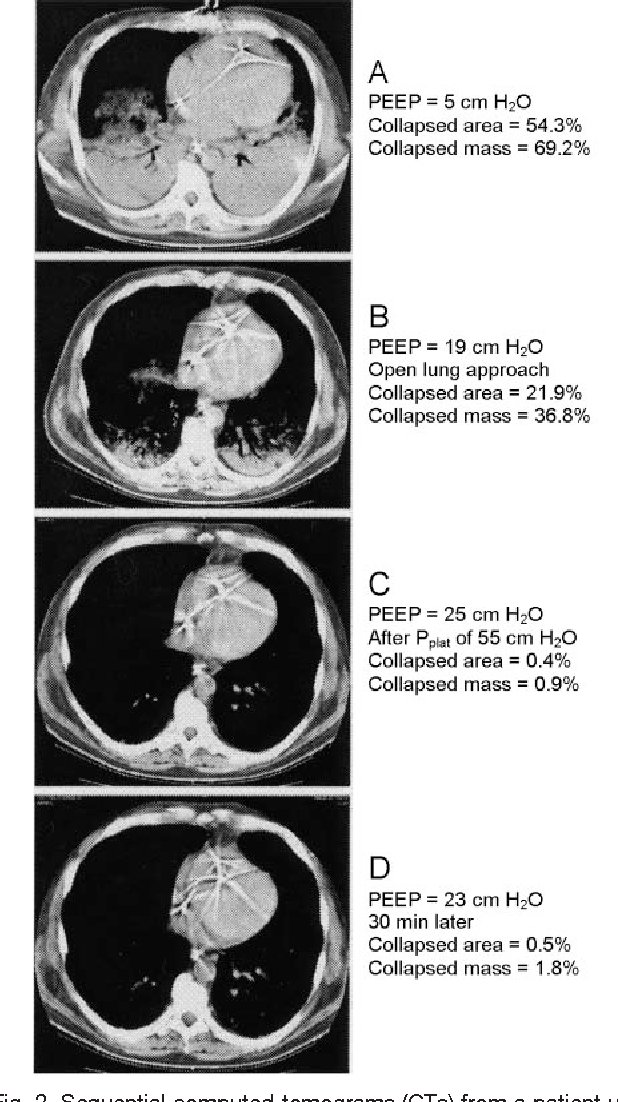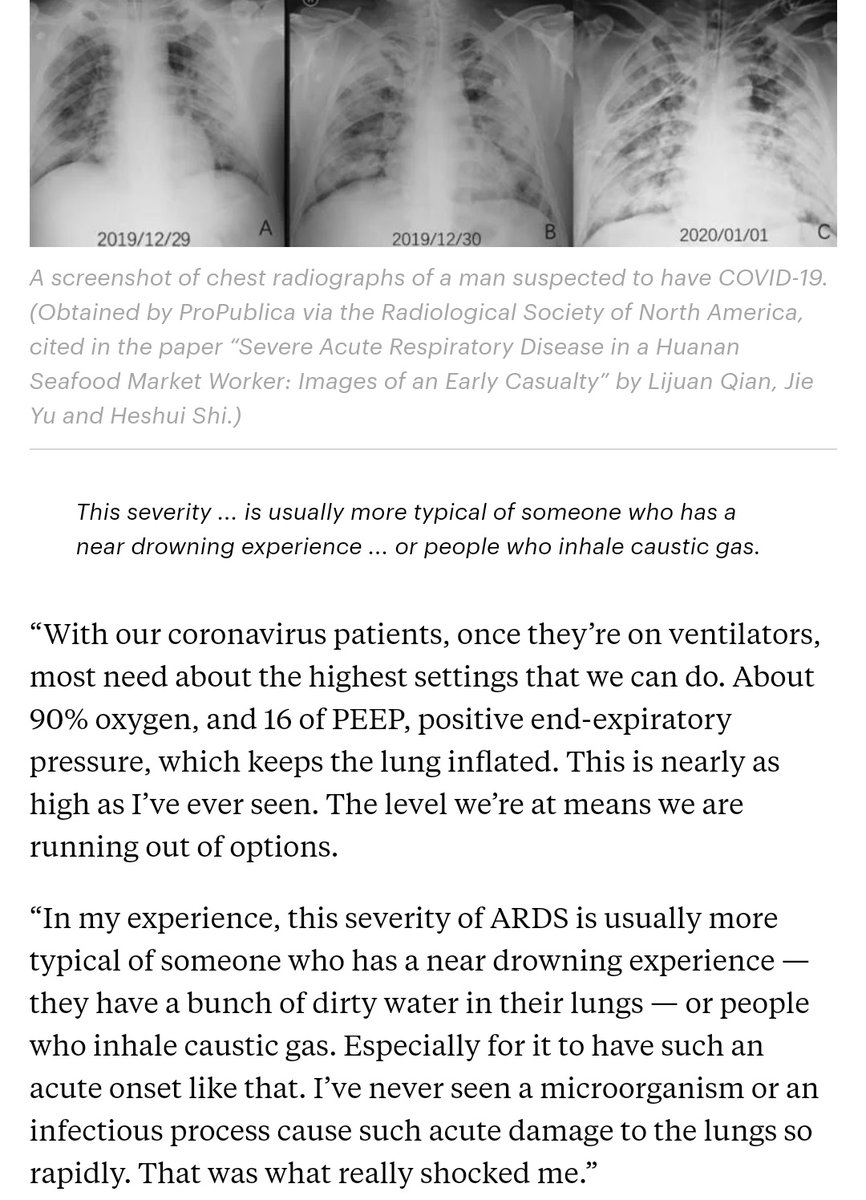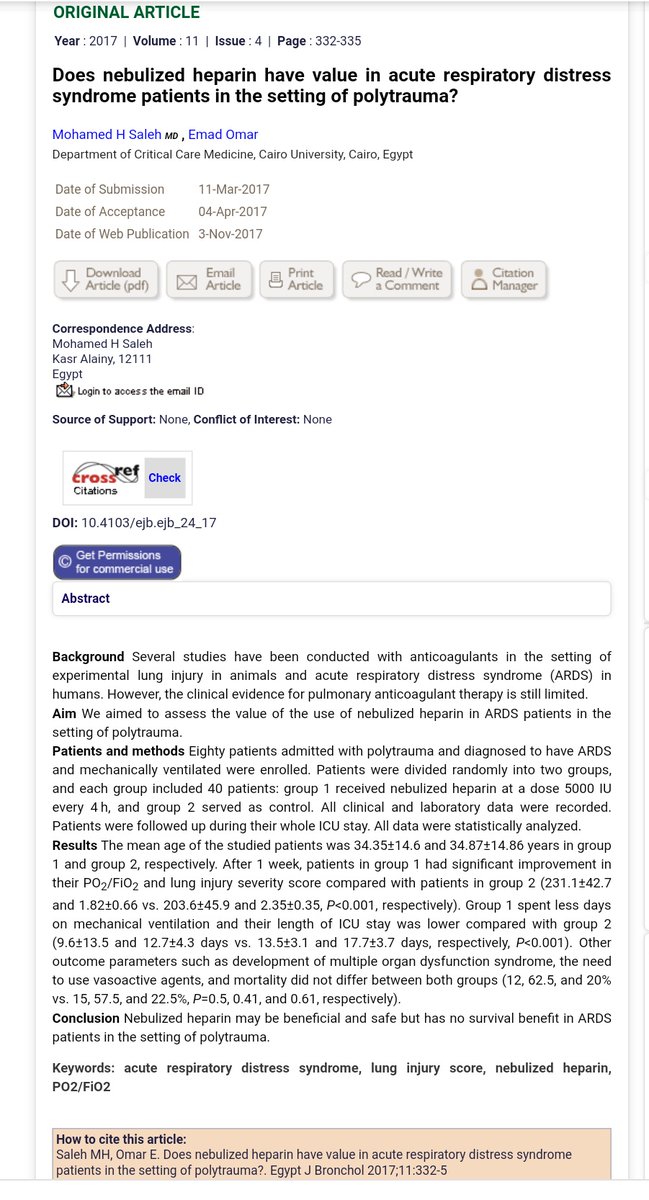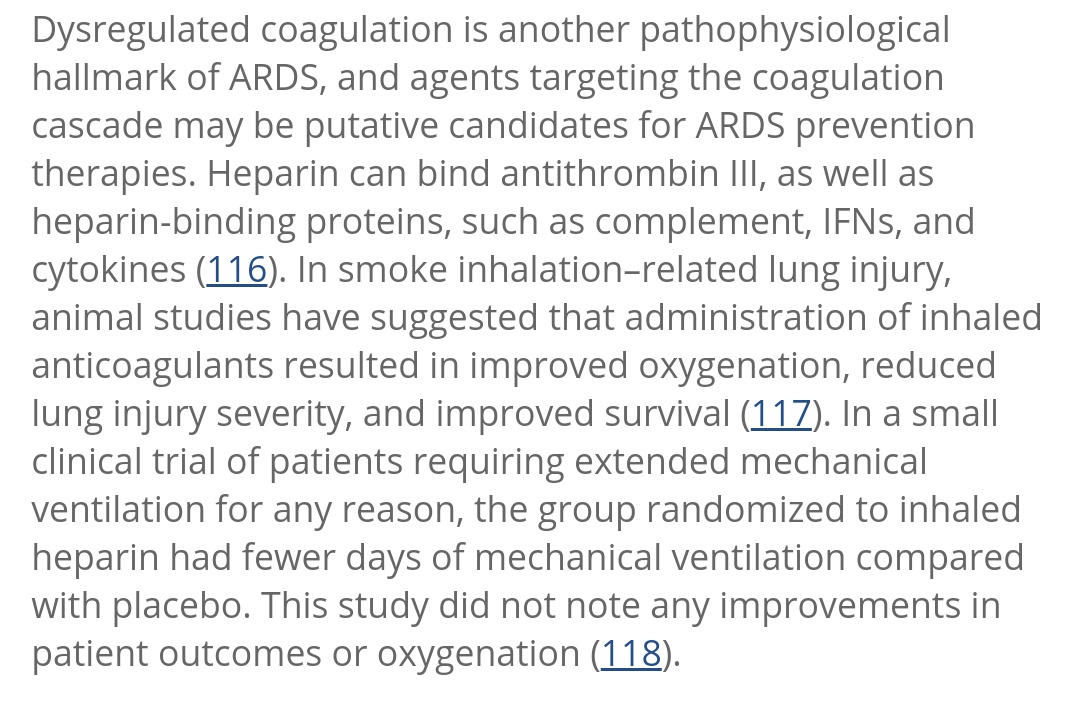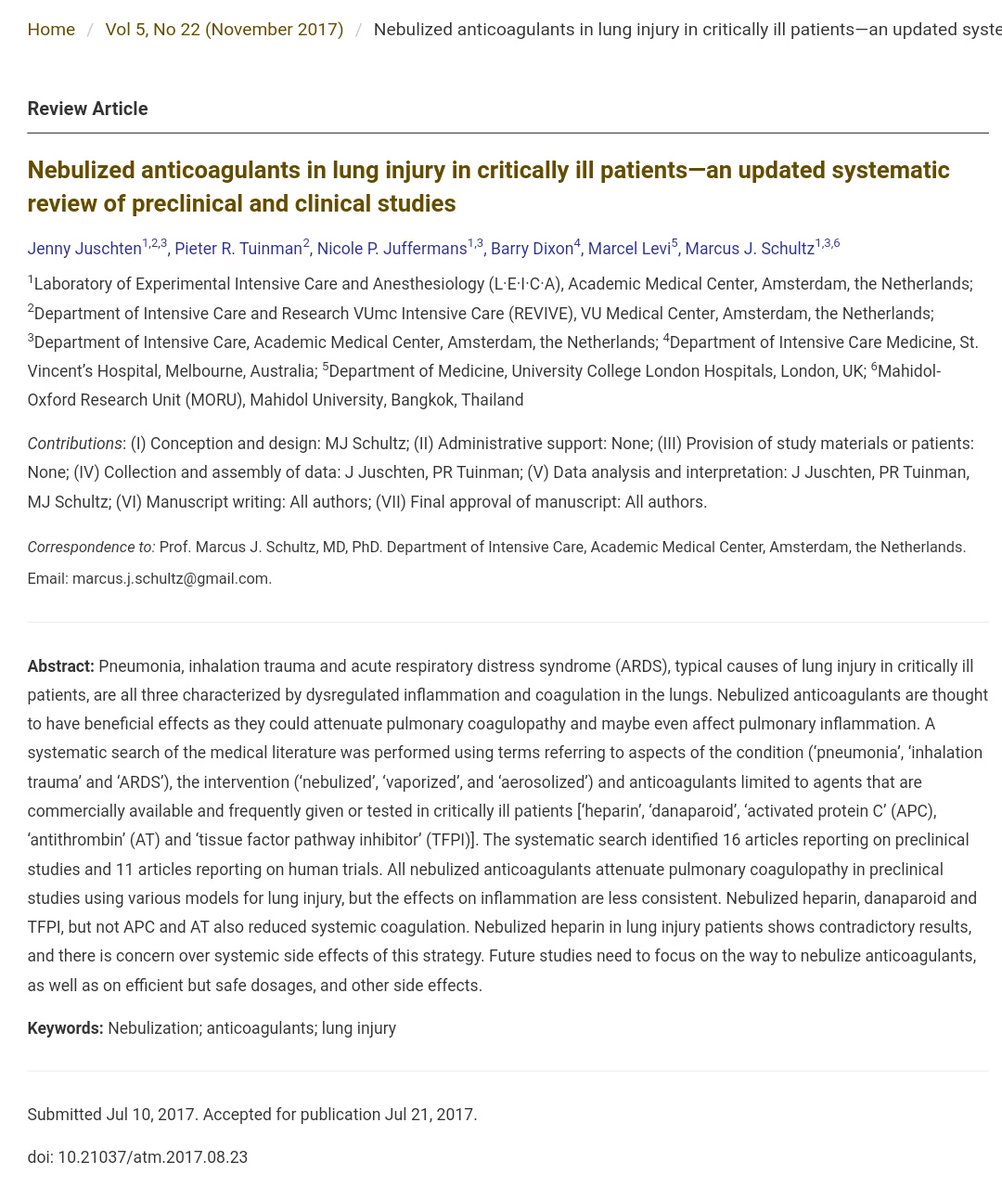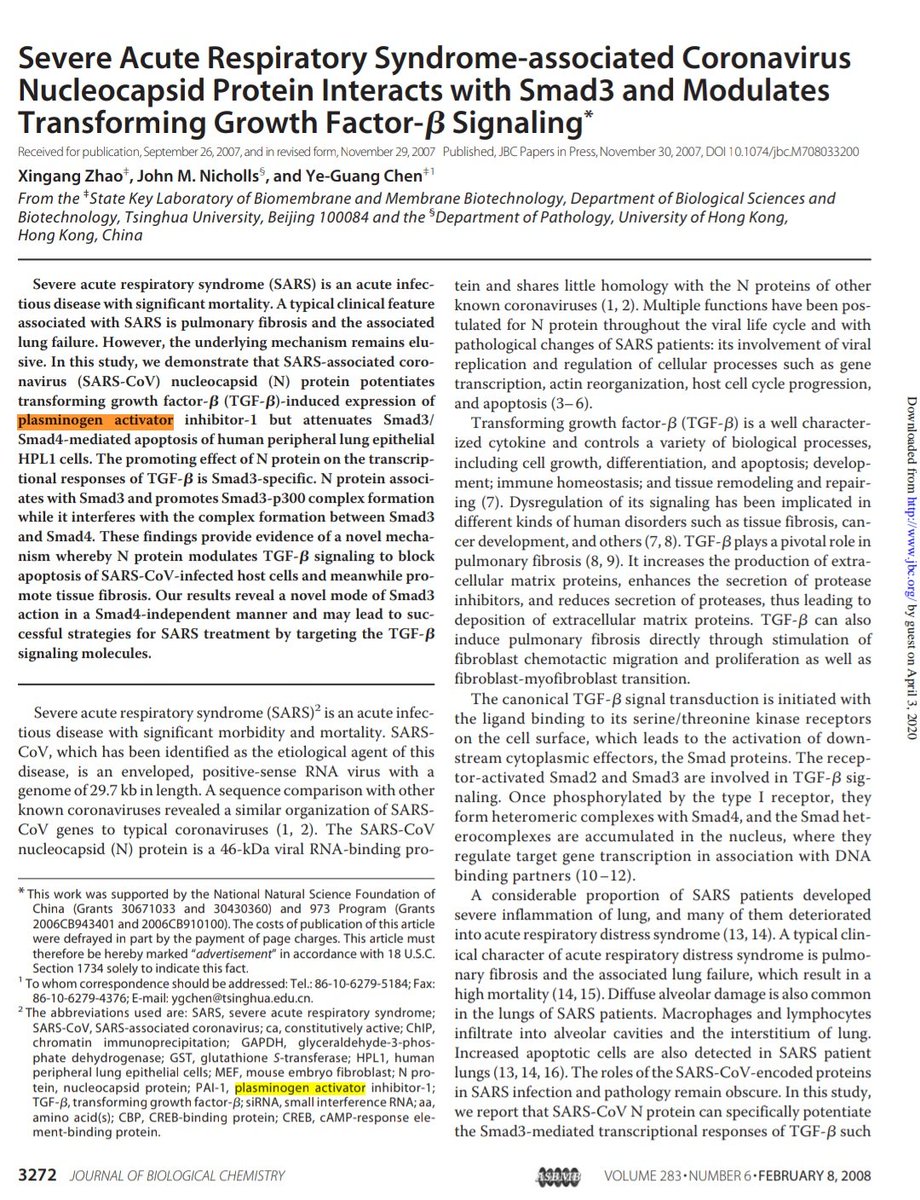The sorts of vent settings required to keep them from dying of hypoxia tend to further intensify the damage to the lungs.
Negative-pressure ventilation generally results in less ventilator-associated lung damage than the current standard of positive-pressure ventilation:
pubmed.ncbi.nlm.nih.gov/18079496/
Negative-pressure ventilators (the 'iron lung') may actually provide *better* oxygenation for patients experiencing ARDS:
pubmed.ncbi.nlm.nih.gov/22386062/
Minor example: oral damage
Major example: tracheal stenosis
There is also a risk of blockage by secretions.
Statistics vary by facility.
intechopen.com/books/tracheal…
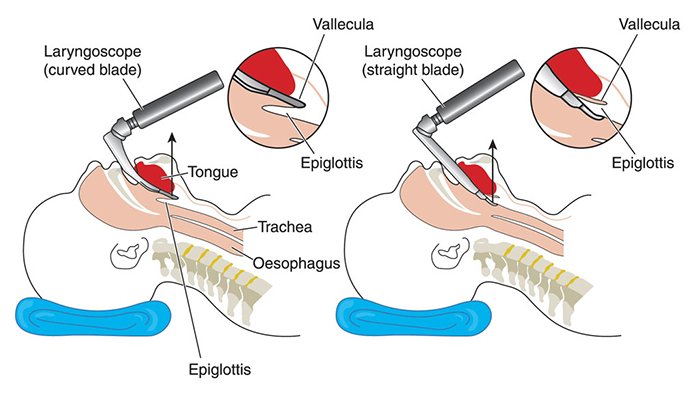
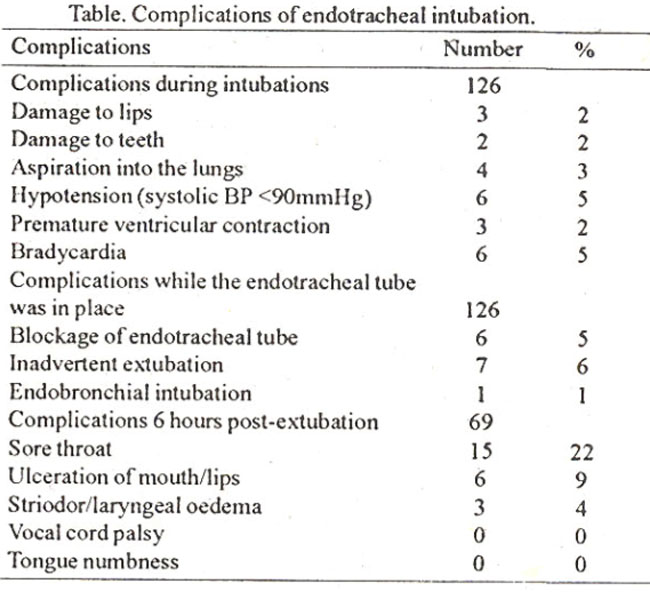
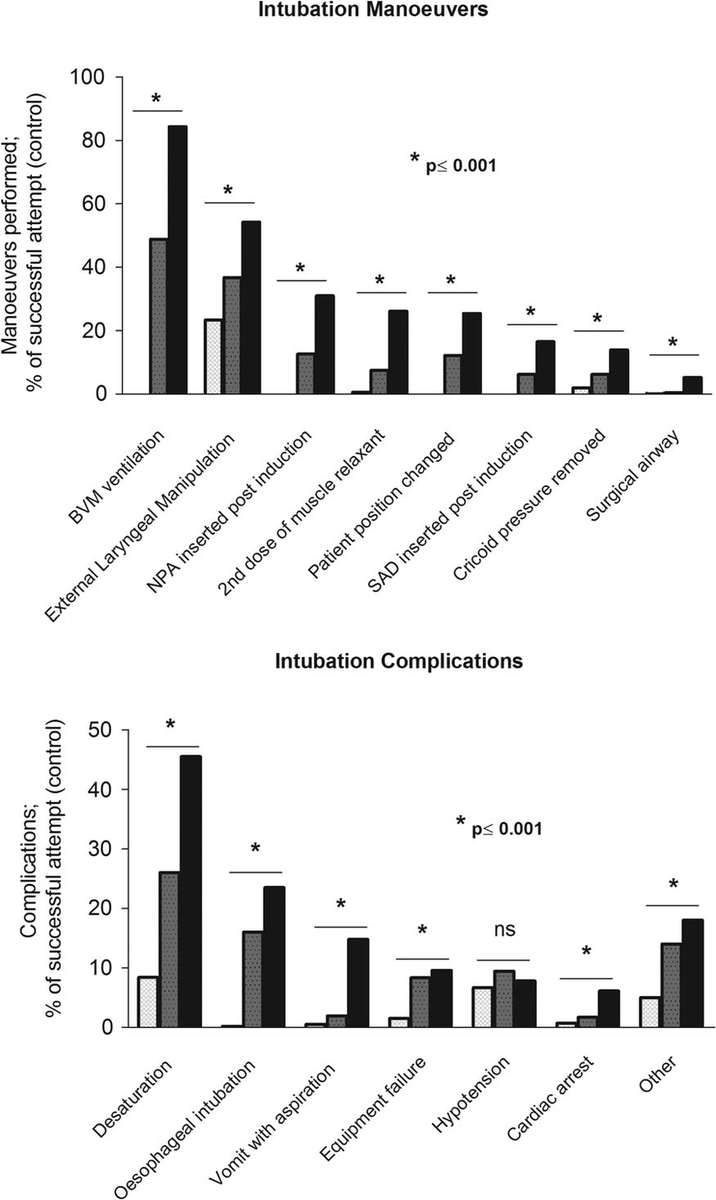
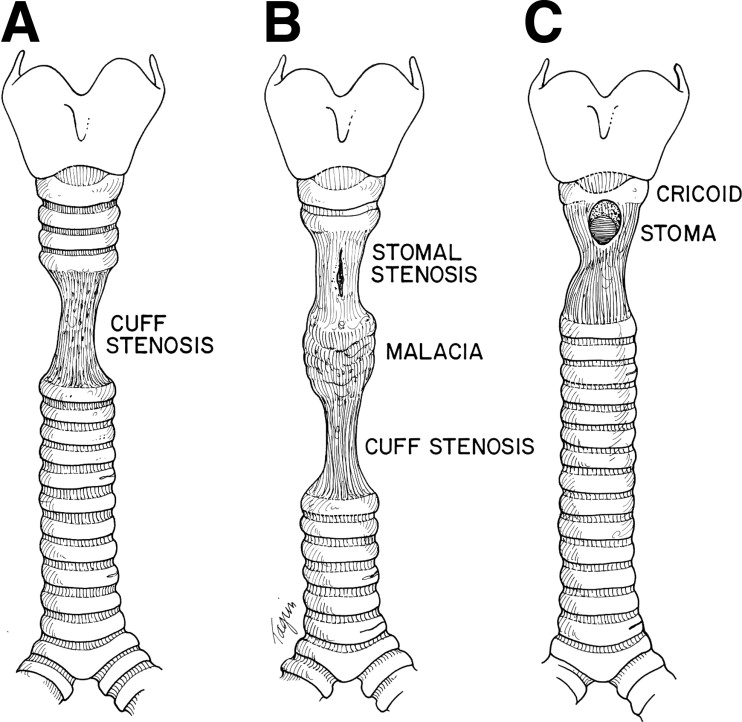
pubmed.ncbi.nlm.nih.gov/18651149/
erj.ersjournals.com/content/20/1/1…
Note again that financial and logistical, not medical, considerations drove the change.
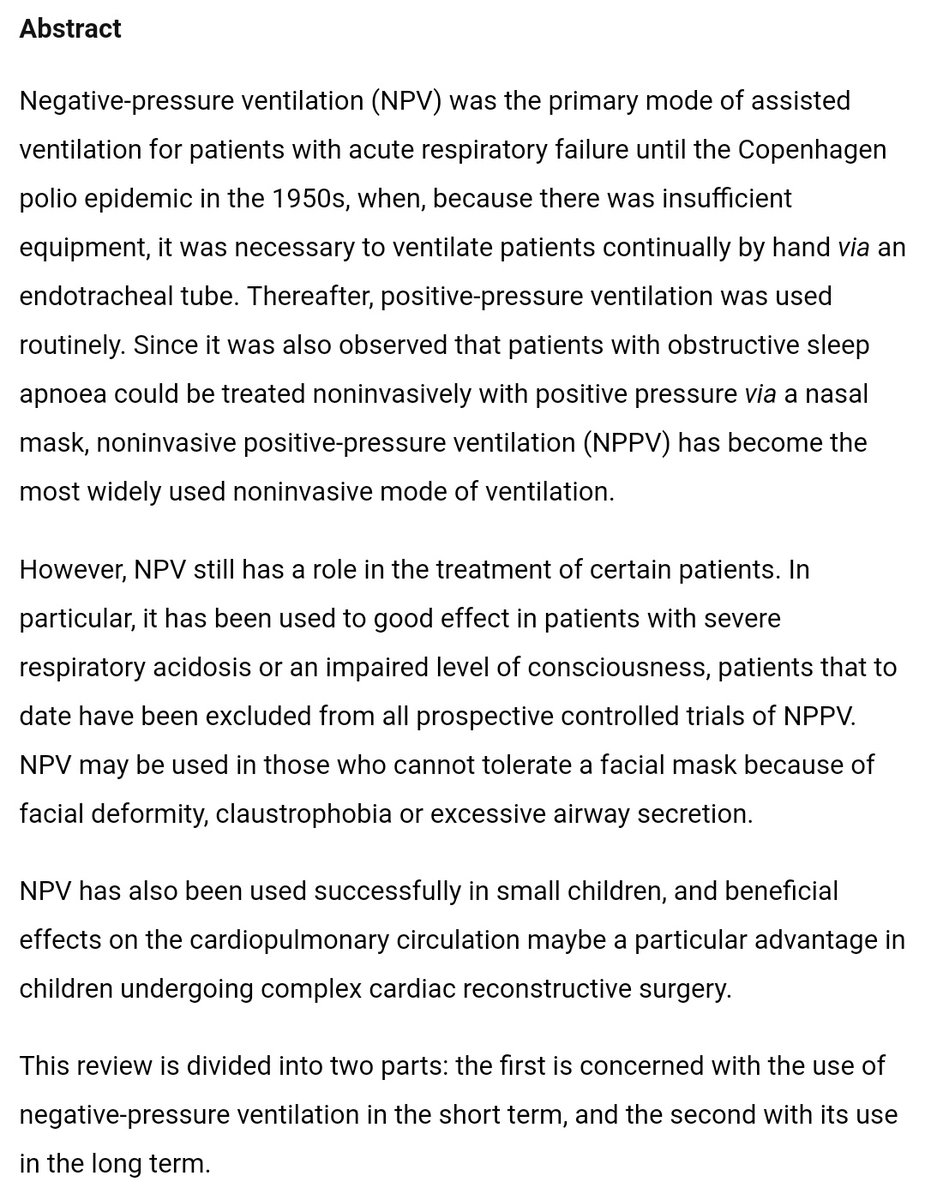
In one ARDS case study, this apparently prompted rapid clinical recovery and enhanced oxygenation, even at gentler PEEP settings--
ncbi.nlm.nih.gov/pmc/articles/P…

ncbi.nlm.nih.gov/pmc/articles/P…
Inflating such lungs with positive pressure requires high levels thereof.
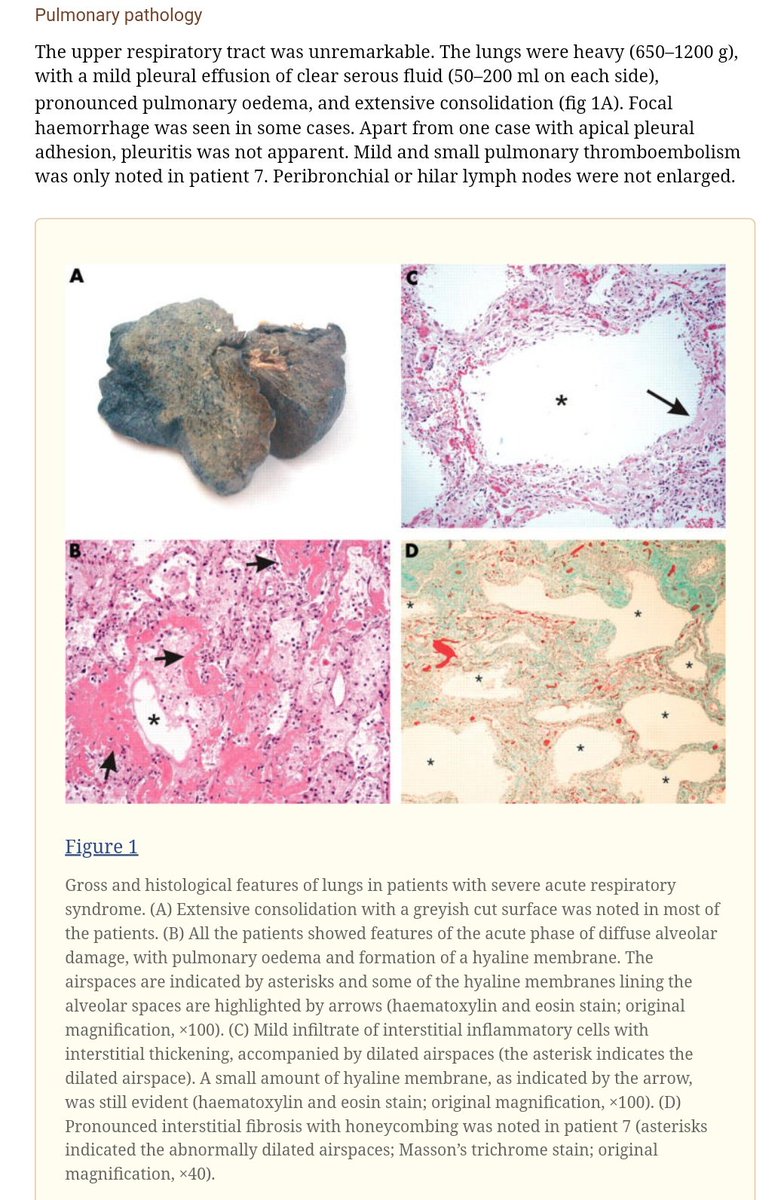
jamanetwork.com/journals/jama/…
accessmedicine.mhmedical.com/content.aspx?b…
The incessant focus on non-medical reasons to use a device that by all evidence appears to produce a higher risk of death in ARDS seems absurd.
Although negative-pressure methods pose less risk of lung damage, they are not perfect-- e.g. they likely have equal risk of diaphragm problems:
pubmed.ncbi.nlm.nih.gov/23838714/
Prone positioning can help:

